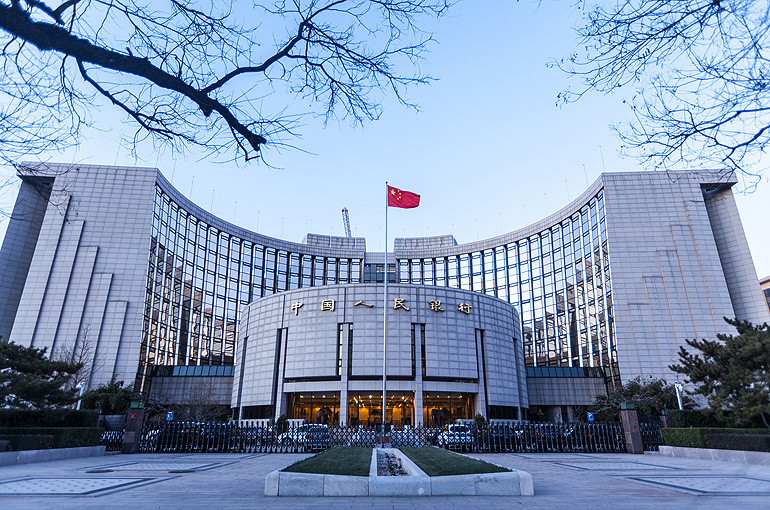 Overnight Offshore Yuan Hibor Surges Past 6% as PBOC Tightens Liquidity
Overnight Offshore Yuan Hibor Surges Past 6% as PBOC Tightens Liquidity(Yicai) April 10 -- Hong Kong’s overnight yuan borrowing costs soared to 6.32 percent yesterday, more than five times what it was at the beginning of the year, as the People’s Bank of China starts to squeeze liquidity in the offshore yuan market to steady the exchange rate as the redback comes under great pressure amid a strong US dollar.
The Hong Kong Interbank Offered Rate, also known as Hibor, raises the cost of financing for short positions. The central bank has recently started to rely on this tool more as it expands the channels it uses to rein in the sinking exchange rate as expectations of a US interest rate cut in June cool and as the dollar continues to appreciate.
The central bank has set the central parity rate, which is the midpoint of the daily trading range, at 7.09 every day since March 22, when it slumped to 7.1. But the mid-parity rate has deviated by nearly 1,200 points which has caused the spot trading price to approach the upper limit of 2 percent set by the central bank at around 7.24.
The onshore yuan was trading at 7.2327 against the US dollar as of 18.20 yesterday and the offshore yuan at 7.2435. The mid-parity price was 7.0956 yesterday, a deviation of 1270 points from the predicted price, according to Hua Chuang Securities.
It is more difficult to tighten yuan liquidity now than in 2016 as the redback has become a mainstream trading currency, Liu Jie, head of China macro strategy at Standard Chartered Bank's global research department, told Yicai.
On Jan. 6, 2017, the Hibor rate soared 2,300 basis points from the day before to 61.3 percent. But back then, most of the shorts were concentrated in the spot market, Liu said. Now there are many choices, such as the options market, so the impact of tightening liquidity is greater, and there are a number of side effects, such as affecting real financing needs.
"The central bank may need to find more ways to maintain the stability of the yuan exchange rate, especially with the number of global political events due to take place this year,” he said. A greater number of foreign exchange swaps in the onshore market and a moderate tightening of liquidity in the offshore yuan market could also be options. But overall, exchange rate pressures will only be alleviated when the greenback starts to weaken.
The PBOC usually stabilizes the foreign exchange market by adjusting the central parity rate, reducing the foreign exchange reserve ratio and tightening redback liquidity, UK lender Barclays said previously. This can be done by issuing offshore yuan central bills, or by state-owned banks selling US dollars in spot or forward transactions in the offshore or onshore market, it said.
Editor: Kim Taylor